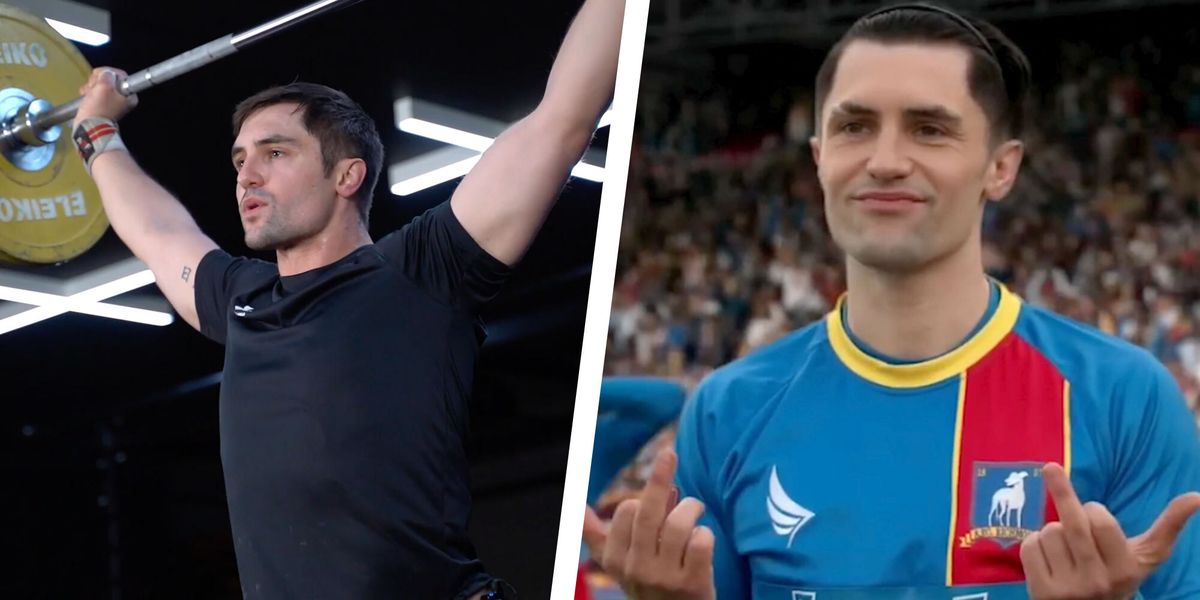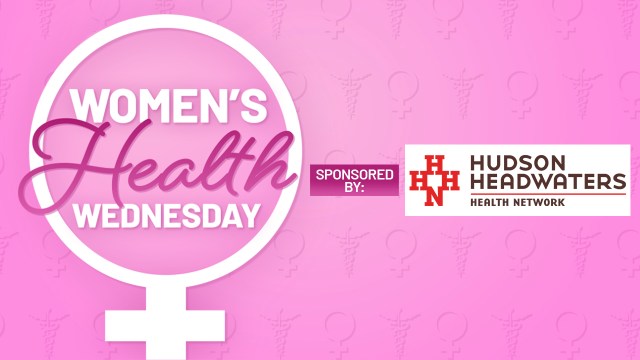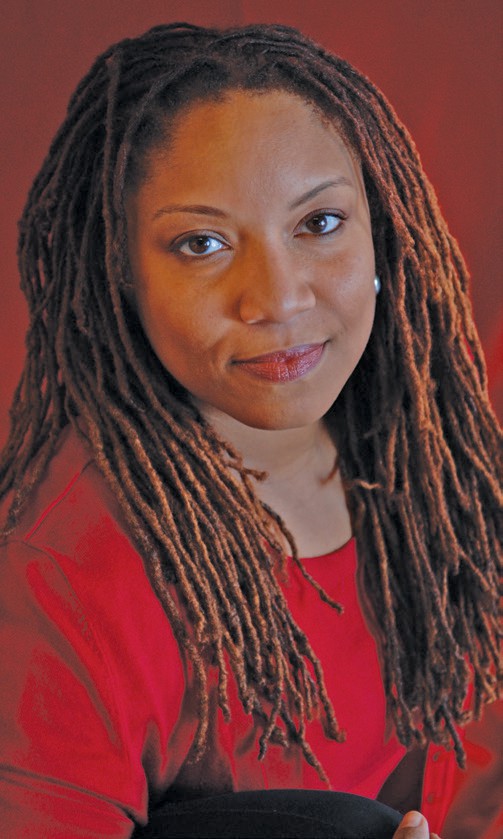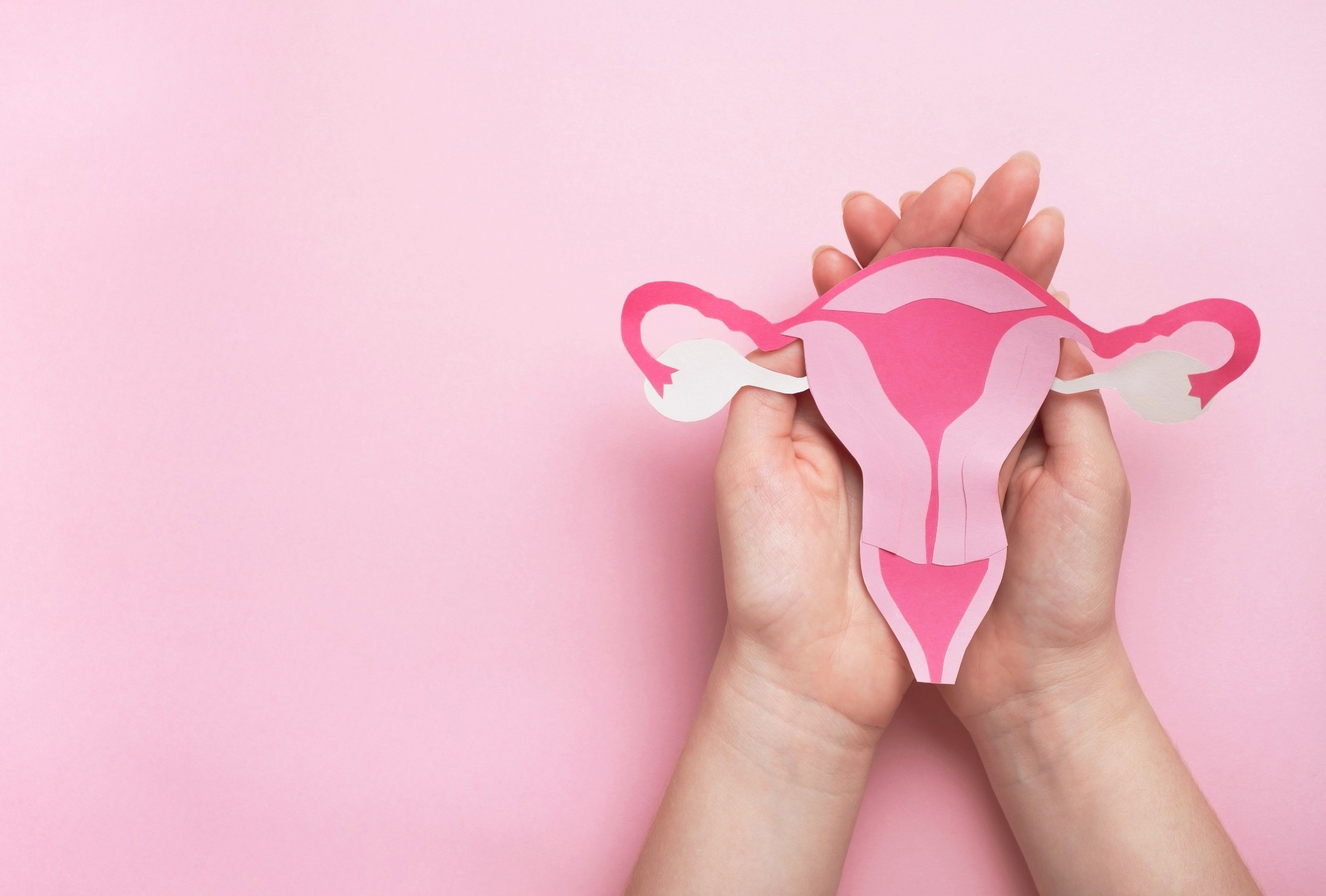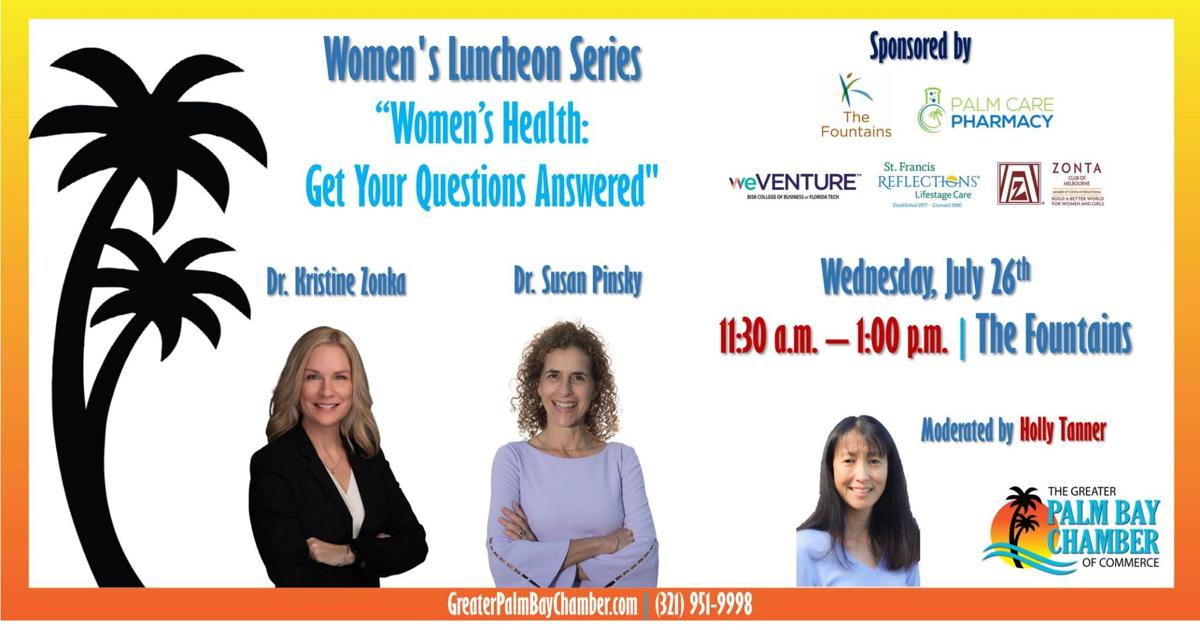This Sunday marks the 50th anniversary of the landmark Supreme Court case Roe v Wade. For many abortion rights activists, it will be a bittersweet day of commemoration after the overturning of the decision last summer. But although that decision stripped away federal protections for abortion, the fight has now turned to the states and will be on full display as the National Women’s March takes place in Madison, Wis., along with sister marches across the country.
Rachel O’Leary Carmona was one of the 470,000 participants at the first Women’s March held in Washington, D.C., on Jan. 21, 2017. Inspired by what she experienced that day, Carmona joined the Women’s March organization a year later and now serves as the executive director. MAKERS sat down with Carmona to talk about the evolution of the march and the movement. This conversation has been condensed and lightly edited for clarity.
You’ve been at this for six years now; what motivates you to continue this fight year after year?
I think that sometimes people mistake mobilizing people and getting people active as a one-time thing. We had a really big march and so now we’ll see them in November. And the truth is, it’s not like pushing a rock down a hill and it gains momentum on the way down. You are actually pushing a rock up a hill. You know what I mean? And occasionally, you get to a tipping point where it rolls down, and then you gotta push it right back up. So I think that for Women’s March, we intend to keep our foot on the gas and keep building that momentum in a way that constantly renews itself versus in a way that’s like, “Well, we did it for this year and now we’re done.”
Sometimes people mistake mobilizing people and getting people active as a one-time thing.”Rachel O’Leary Carmona, Women’s March Executive Director
Explain how Women’s March has evolved from that first event in Washington, D.C., to today’s march in Madison, Wis.?
This moment, I think, might be less heightened but actually more treacherous. You know, post a sitting president trying to overturn election results, post, essentially, a lame-duck president conjuring and encouraging a mob of insurrectionists to march on the U.S. Capitol, setting it on fire with the gallows out front, hunting the vice president, post, honestly, the wins that the GOP has racked up to help to overturn election results in states across the country and also obviously post-Dobbs [Dobbs v. Jackson Women’s Health Organization]. I would say that the overturn of Roe versus Wade constitutes a new era of American politics in our country. And we have to adjust to our new normal. And that’s part of our march logic is that we’re not in D.C. for the first time. Our National March is in Wisconsin. We’ll have some other notable marches, but the fight is in the states and so that’s where we’re gonna be. The D.C. March is in order to influence D.C. policymakers. And when D.C. policy makers are at the limit of what they can do, we then have to move this to the states where fights can and are happening and where wins are happening.
The theme for this year’s National Women’s March is #BiggerThanRoe. Why did you choose this theme?
We were really thinking about where we are right now. And we sat with a lot of the post-election polling, both exit polling and then Data for Progress, they’re a really great deep dive into the issues that voters cared about. And yes, it’s true that women and young women came out and overperformed in record numbers to vote. But abortion and reproductive freedom were not the only things on their list. They said we’re concerned about the economy, we’re concerned about inflation, we’re concerned about jobs, we’re concerned about child care, health care, climate. And so, we really were thinking, like, Roe has always been insufficient to guarantee reproductive freedom. It’s never truly guaranteed that people could get the health care, the abortion care when they needed it because it didn’t deal with disparities, it didn’t really consider the undue burden of systemic racism or systemic poverty. And so, it was never really enough. And so, we thought reproductive freedom is bigger than Roe, but also women’s lives are bigger than just what happens with our reproductive choices. We live full lives that include jobs, families, hobbies, work, health. And so many of those things, whether we have a good job, whether our job is stable, whether we have adequate health care, play indirectly to the decisions that we make about when and how to have families, play indirectly to issues around reproductive freedom. So, our lives are bigger than Roe, our reproductive freedom is bigger than Roe, and so we have to think big. And we won’t settle for less than we deserve.
During this month’s abortion debates, several House members shared their deeply personal stories of abortion, including Rep. Frederica S. Wilson, D-Fla., who said she “almost died” during a pregnancy that ended in stillbirth during the 1960s. Why is it important for us to hear these stories?
I would say that the reason why women have to put our most painful moments on display for judgment, to build credibility over and over again is because of sexism, period. If there were an issue on which men campaigned and protested for 50 years, if the Women’s March were a “Men’s March” and the first year 5 million men took to the streets and the second year 2 million, and a solid half a million every year after that for six straight years, legislators would be swinging into action and saying, “Shit, we have to do something about this. Our country is in crisis!”
And then I would say that it’s important for us to tell our stories because women need to narrate our own lives. Women need to narrate our own movements. Women have a long history, that goes back a millennium, of telling stories, families’ stories, to make sure that we as a people understand where we come from. And when we’re telling stories of Roe versus Wade, my generation of women were told, “Abortion is legal. It hasn’t always been, but it is now. And this will always be there for you.” And this is why I say that we’re in a new era of American politics, post-Dobbs, because it used to be that when law was settled, law was settled. And there was no reason for people to think that Supreme Court cases would be revisited and constitutionally protected rights would be stripped. Because if that is strippable, what else is strippable? There won’t be anybody that is not impacted by this. Whether you’re a woman or whether you’re queer or whether you are a person of color, whether you just wanna vote — any of those things — you will be impacted by the things that the Supreme Court thinks is not settled law. So I think that it’s really important for us to tell these stories and to share this pain as a moment of insight. If you don’t understand your path, you can’t be prepared for the future.
From where you stand, what does the future look like for Women’s March?
I believe in the power of people. I believe in the power of women to lead. And I think that it’s the only thing that can save us. And I believe that a future in which women lead and build the power that we need to craft a future that works for us, is also a future that works for other people and that no one gets left behind in that future. I think that for the short term, we have to think of how to create the conditions inside of our movements that we can all make a contribution and that that contribution aggregates to something that’s greater than the sum of its parts, greater than the obstacles and the challenges, greater than the opposition. But you know, at the end of the day, you hit what you aim for.
For more information about the events taking place in your area, visit the interactive map on the Women’s March website.
